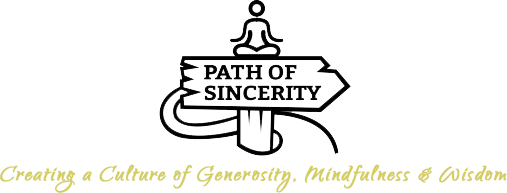One thing people often ask about in formal, sitting meditation is what to do with impulses?
To scratch an itch.
To sneeze.
To adjust some part of the body.
To use the toilet.
To change meditation objects (shifting from, say, the body sensations to a visual object or a mantra)
To consciously think a thought.
To turn on/off the lights.
To close a window.
To write down a quick note.
To stop meditating.
This flow of impulses is more obvious in formal meditation; but, it’s the same thing across the day. If we sit down to read or write for an hour, or whatever else, we’ll notice that if we aren’t highly engaged, there will be a constant flow of impulses to distract ourselves. This is the nature of the human mind.
In meditation, we aren’t so much trying to overpower these impulses (or even be extremely engaged in every task) as we are trying allowing them to flow through, gently, softly, gracefully.
The key to allowing the flow is perceiving that they are just impulses: they pop into awareness, do a little dance, and dissolve like confetti. You do not have to enact them. Just impulses. Nothing but impulses.
After lots of formal practice, this will become increasingly intuitive and obvious; but, for some time, they seem like way more than impulses and it feels like a necessity to enact them.
So what to do? One thing I’ve used and highly recommend is the rule of three:
Whatever the impulse—say, to scratch an itch—let it pop into the mind twice without enacting it. No itching, no resisting. Let there be at least one second where you are not consumed by the urge to itch. The third time the impulse comes back into the mind, you are allowed to enact it.
This is training the mind to start to see impulses/urges/emotions/feelings/thoughts not as “mine” but as just objects flowing through awareness. If you diligently apply the rule of three for a couple years, the quality of your life will be significantly improved—do you believe me?
